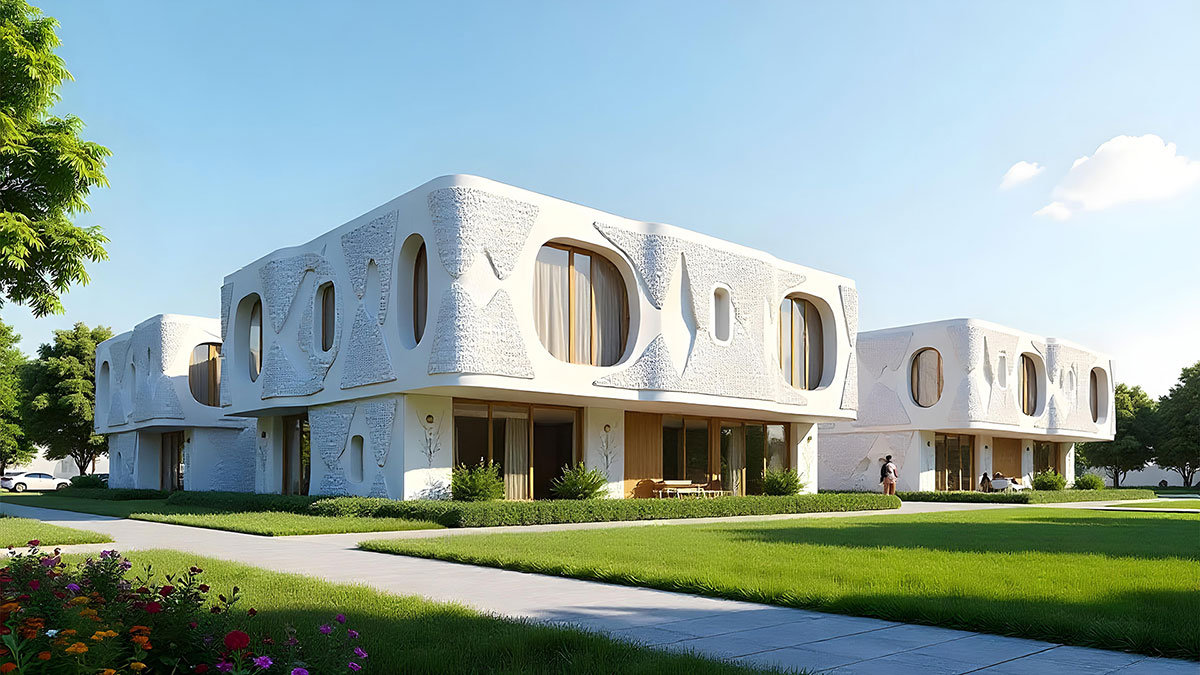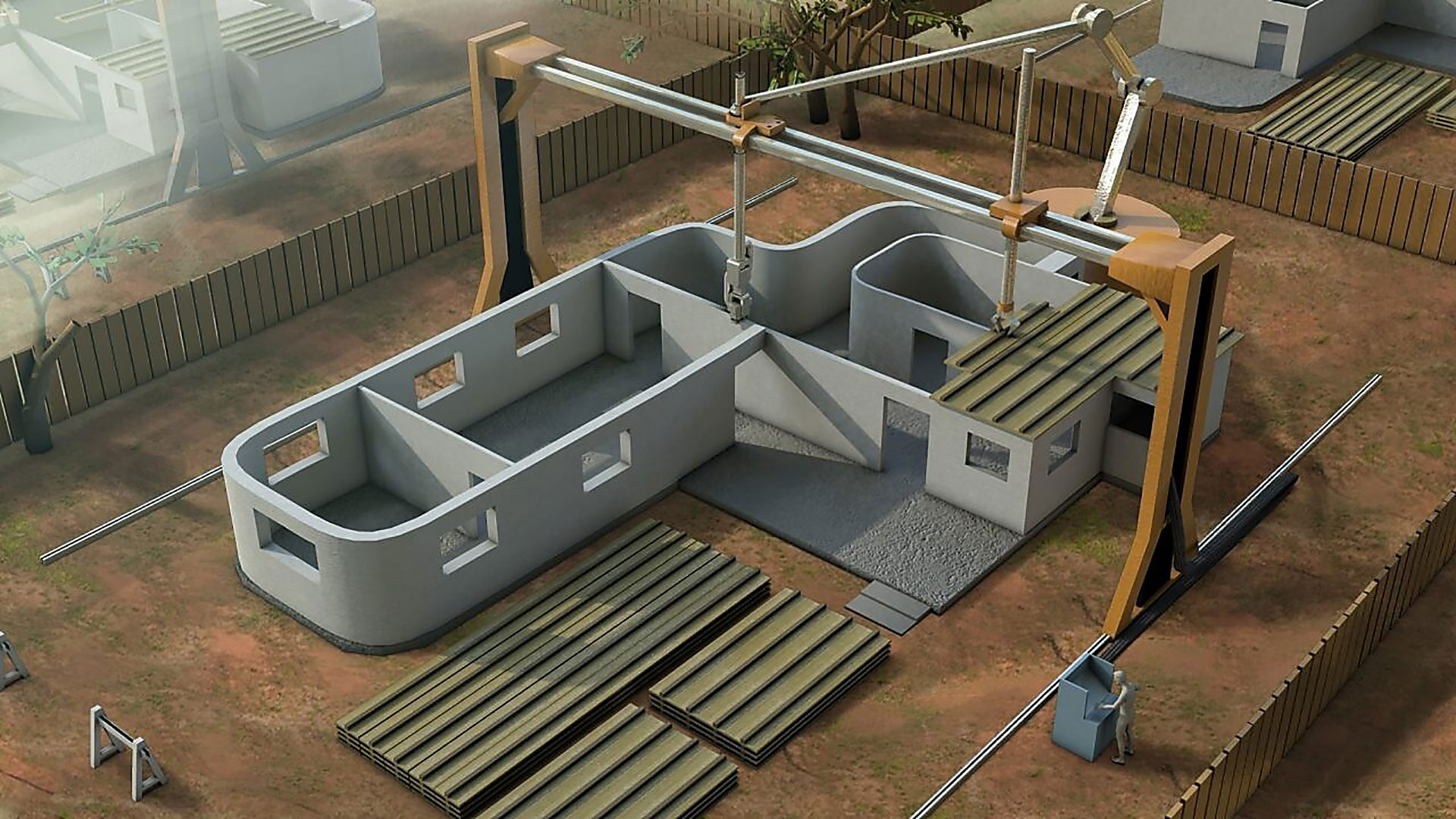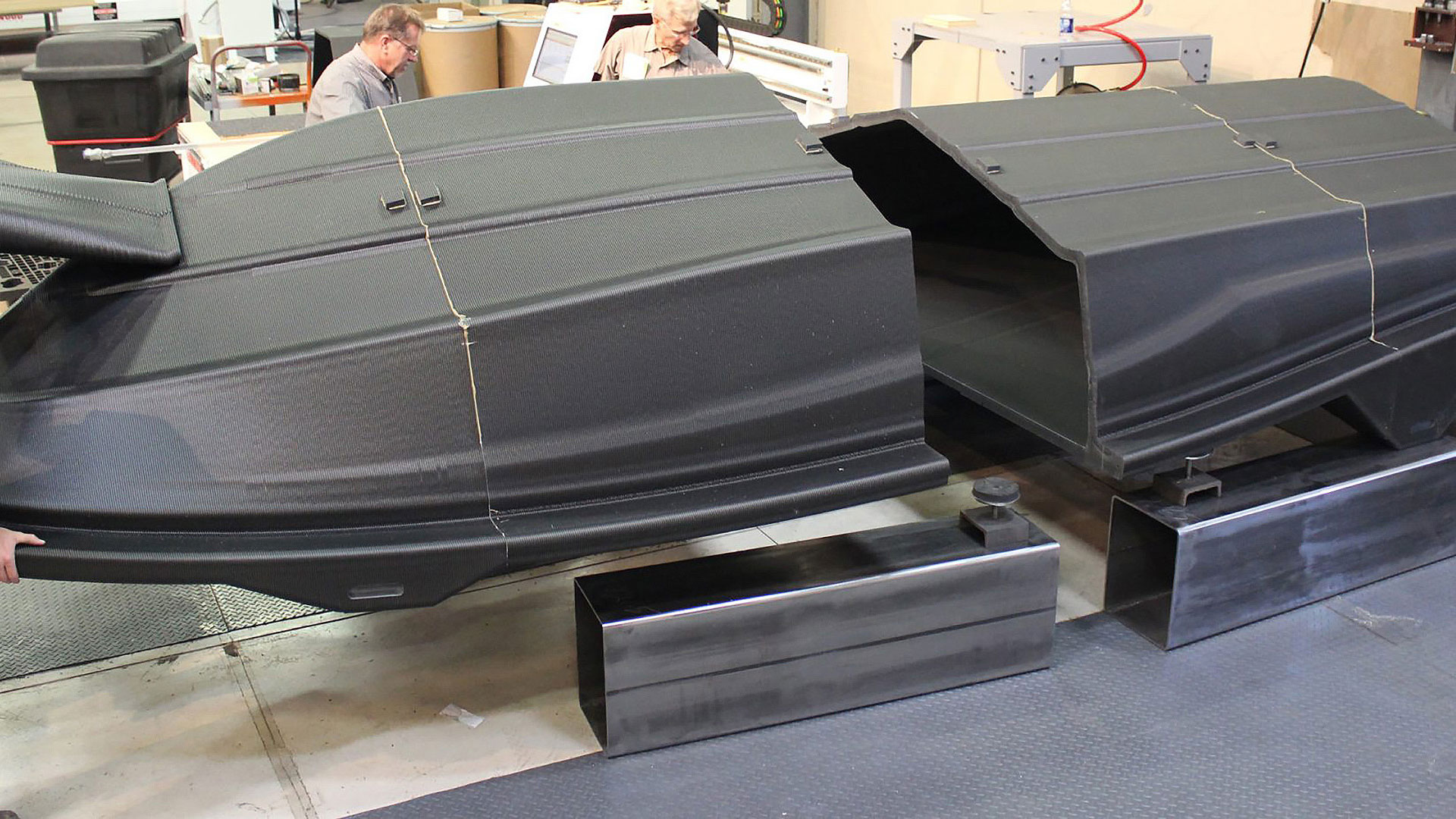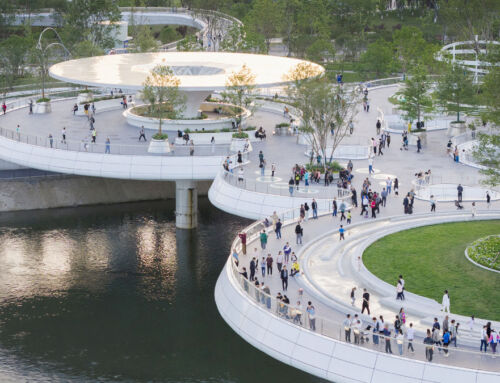3D printing in architecture and construction enables precise, customised and, most importantly, fast conversion of digital designs into physical structures. Indeed, 3D printing of buildings optimises construction processes in several ways.
The first is, as we say, to reduce execution times. We have an example of this in the Office of the Future in Dubai, a design by the architectural firm Killa Design. It is a building that was printed in just 17 days, using giant 3D printers. In total, with its assembly and finishing, the building was completed in less than 3 months.
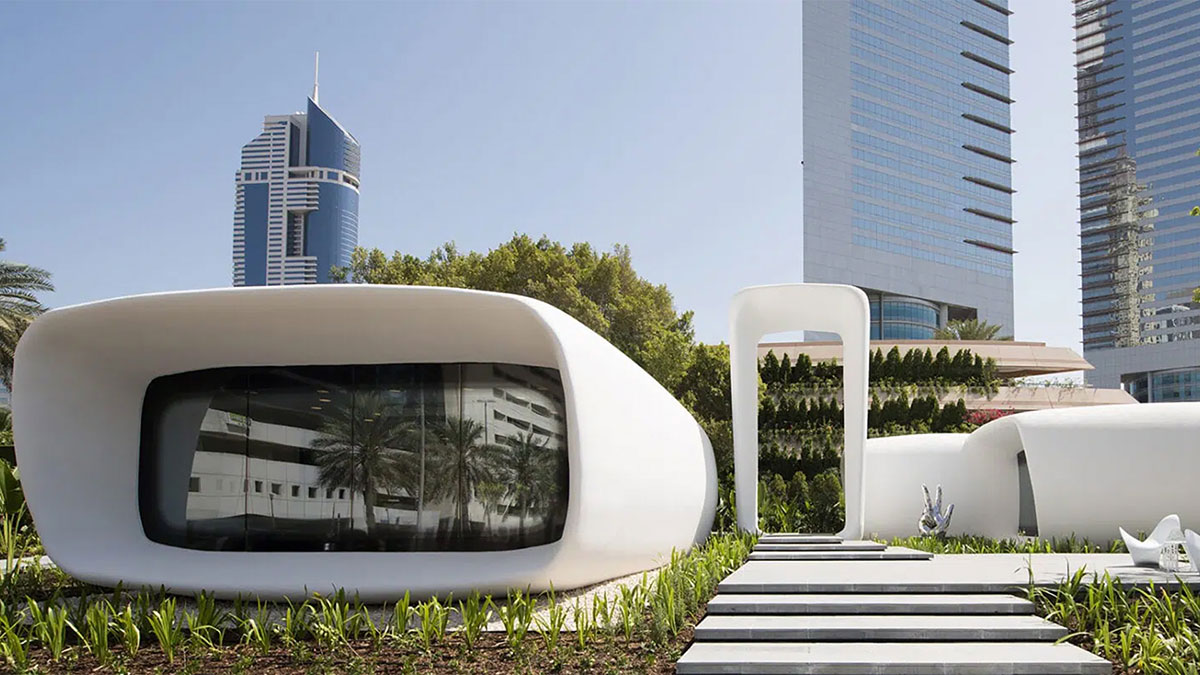
On the other hand, 3D printed construction also reduces waste materials. As a technology that operates with millimetre precision, it minimises the use and waste of materials. Consequently, it reduces costs and has a positive impact on the environment.
At the same time, with 3D printing, creativity expands. Complex structures that were previously unfeasible are now easily produced, opening the door for architects to innovate. In addition, this type of construction offers the possibility of printing accurate scale models to visualise and refine designs before taking them to scale.
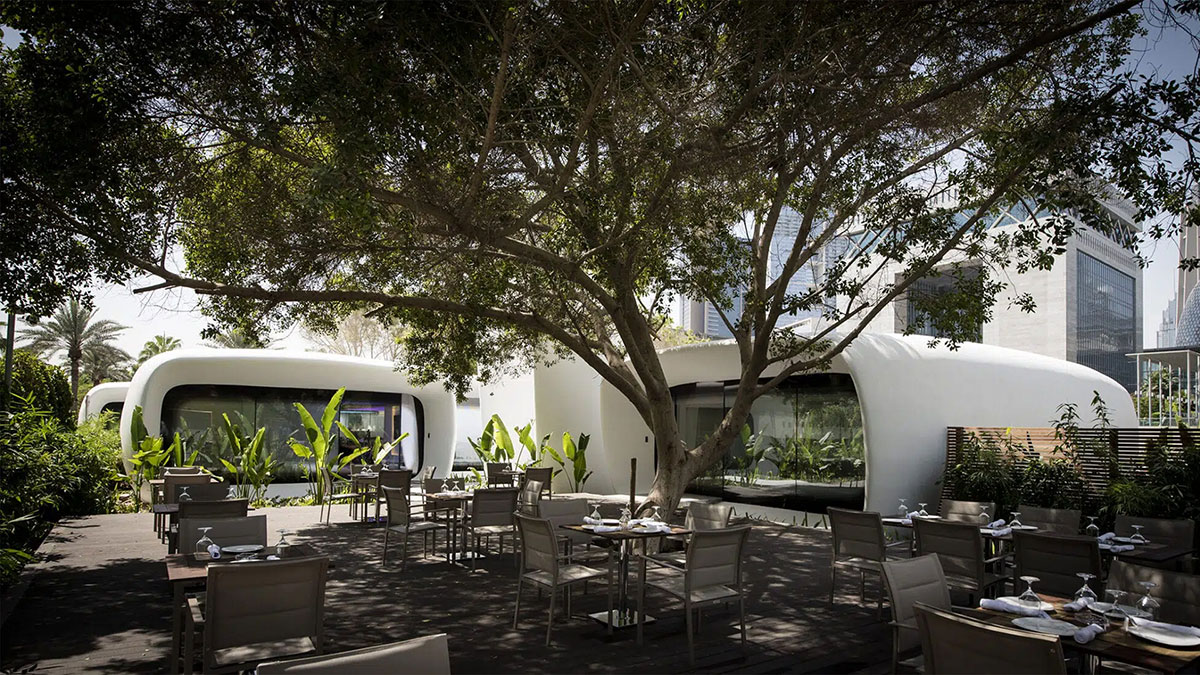
Although the initial costs of the technology are high, 3D printing offers long-term economic benefits. Optimisation of resources, with less materials and less labour required due to the automated process, are two clear benefits. In addition, innovative materials, such as recyclable mixtures and reinforced plastics, make the method a more sustainable and cost-effective way of building.
3D printing is not only a revolution in architecture and construction, but would also help to solve global problems. For example, the housing crisis, by producing affordable houses in just a few days. It would also be useful in emergencies, after natural disasters and in developing regions.
3D printing is in its early stages, but advances are already beginning to redefine how we think about architecture and construction. Ultimately, we foresee that the integration of 3D printing, artificial intelligence and robotics will take this revolution even further. We shall see.
If you want to know more about this construction modality, here are some of our previous articles on 3D printing in its many forms:
3D printing: prefabricated housing of the future

A construction system that solves some of the typical problems of the traditional method.
By Tianshu Liu, Senior Architect in Amusement Logic’s Architecture Dept.
Images: Killa Design.


